Top 4 Things to Know Before Buying Indoor Garden Design
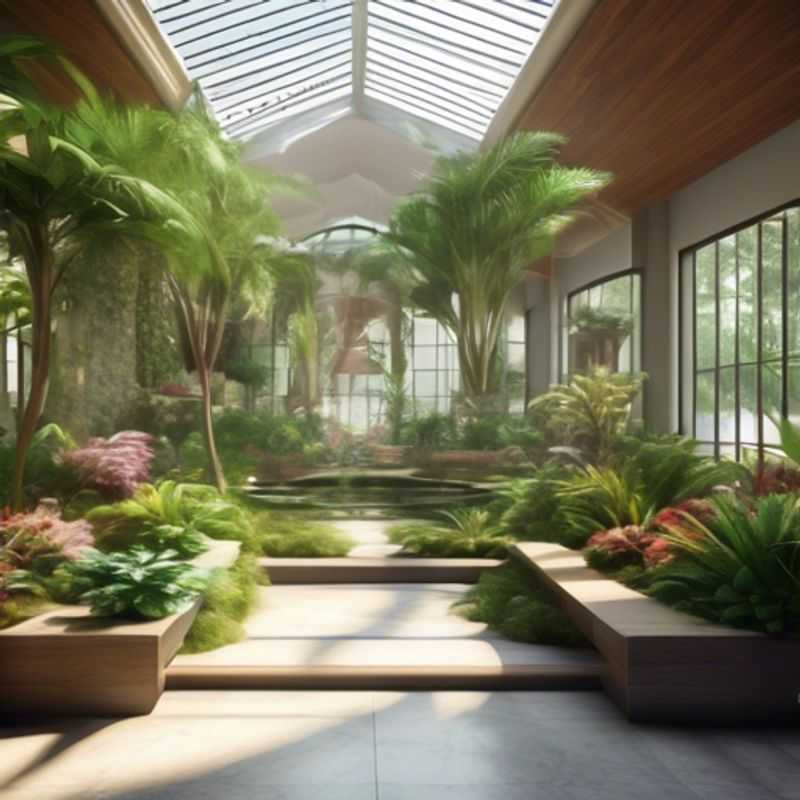
Top 4 Things to Know Before Buying Indoor Garden Design: Natural Light, Size & Layout, Suitable Plants, and High-Quality Equipment
Ah, the allure of an indoor garden. It's a haven of green, a touch of nature indoors, and a source of fresh produce. But before you dive headfirst into this exciting endeavor, there are a few key considerations to ensure your success. Think of it like building a bridge – the foundation is everything. Here are the top four things to know before you start designing your indoor garden:
1. Sunlight's the Key: First and foremost, assess your space's natural light.
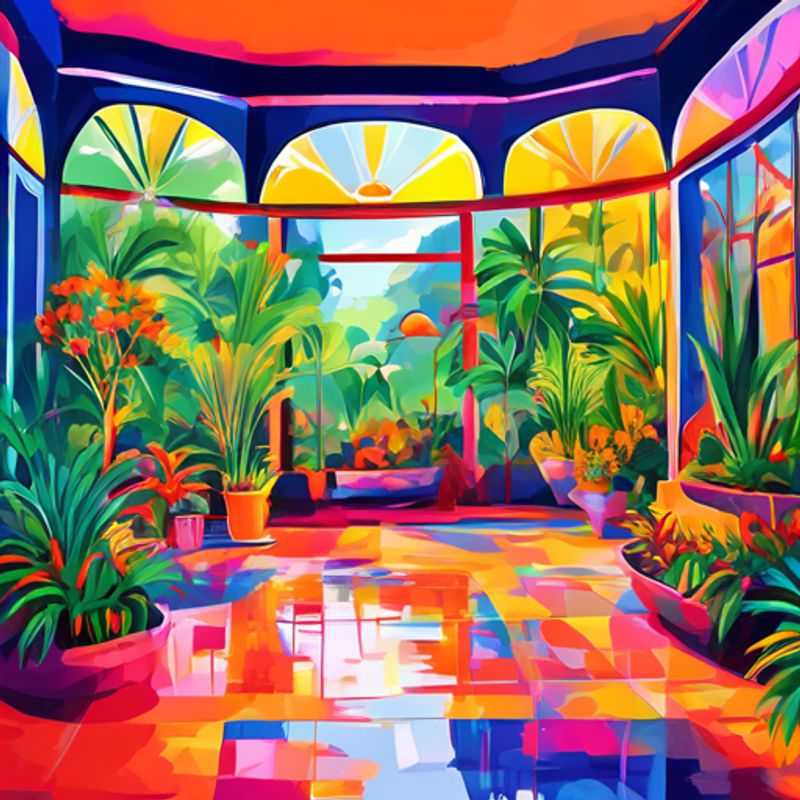
Harnessing the Power of Natural Light: Design Considerations
Natural light is an essential factor in interior design and can significantly impact the ambiance and functionality of a space. It's crucial to consider the amount of natural light available when planning any interior design project. The amount of natural light can influence the choice of furniture, colors, and even the overall layout of a room.
Natural light plays a vital role in creating a sense of spaciousness and enhancing the visual appeal of a room. Adequate natural light can make a small space feel larger and more inviting. It also helps to reduce the need for artificial lighting, contributing to energy efficiency and reducing energy costs. In addition, natural light is known to have positive psychological effects, improving mood and promoting a sense of well-being.
When designing a space, it's essential to take into account the direction of the sun and the time of day. This will help determine how much sunlight the space will receive throughout the day. Consider using window treatments, such as curtains or blinds, to control the amount of sunlight entering the room. Additionally, mirrors can be used to reflect light and enhance the overall brightness of a space.
The amount of natural light available can also influence the choice of paint colors. Lighter colors reflect light, making a room feel brighter and more spacious, while darker colors absorb light, creating a more intimate atmosphere. It's also important to consider the types of furniture and materials used in a space. Lighter-colored furniture and materials tend to reflect light, while darker ones absorb it. By carefully considering the amount of natural light available and its impact on the design elements, you can create a space that is both functional and aesthetically pleasing.
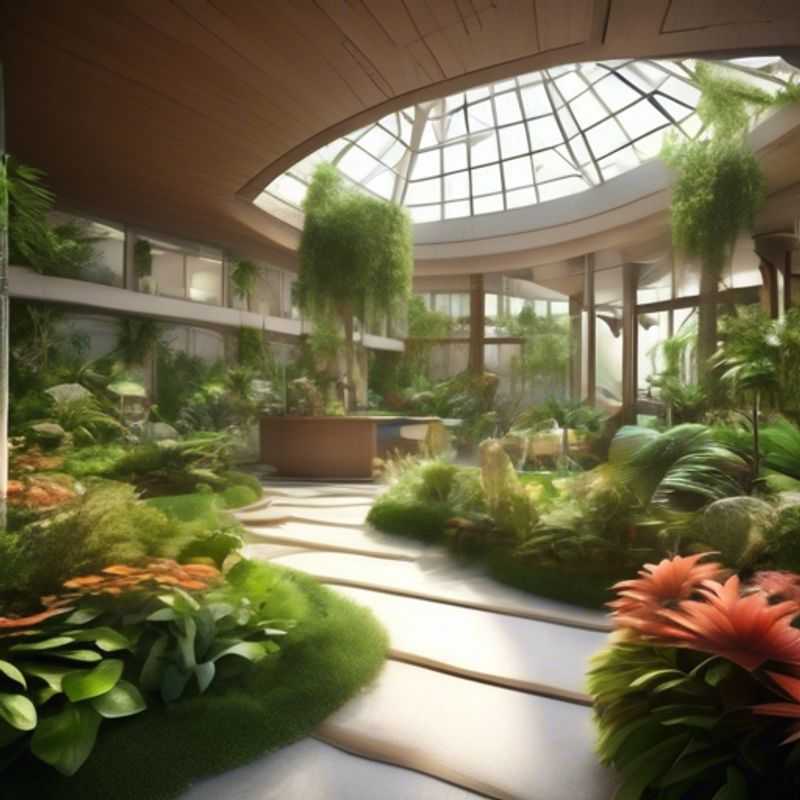
Designing Your Indoor Garden: Sizing and Layout Strategies
Designing your indoor garden involves a meticulous process of determining the size and layout. Start by assessing your available space, considering the dimensions of the room and any existing furniture or obstacles. Allocate sufficient area for plant growth, ensuring adequate light, ventilation, and access for maintenance. You can utilize online tools or specialized software to visualize different layouts, experimenting with various arrangements and plant groupings.
When choosing plants, research their specific needs for light, humidity, and temperature. Factor in the height and width of mature plants to prevent overcrowding. Consider purchasing grow lights or using reflective materials to maximize light penetration, especially if your garden is located in a dimly lit area.
Invest in suitable containers and growing mediums, taking into account the plants' root systems. Consider using raised planters, vertical gardens, or hanging baskets to optimize space. Prioritize quality growing mediums with proper drainage and nutrient content. Ensure your chosen pots have appropriate drainage holes to prevent waterlogging.
Remember to factor in the cost of materials, equipment, and potential ongoing expenses, such as lighting, water, and fertilizers. If you're planning on incorporating automation features like watering systems or smart sensors, factor those into your budget.
Don't rush the planning process. Take your time, research various options, and consult with experienced gardeners or horticultural experts for personalized advice. Remember, creating an indoor garden is a rewarding journey, and a well-planned space can enhance your living environment for years to come.
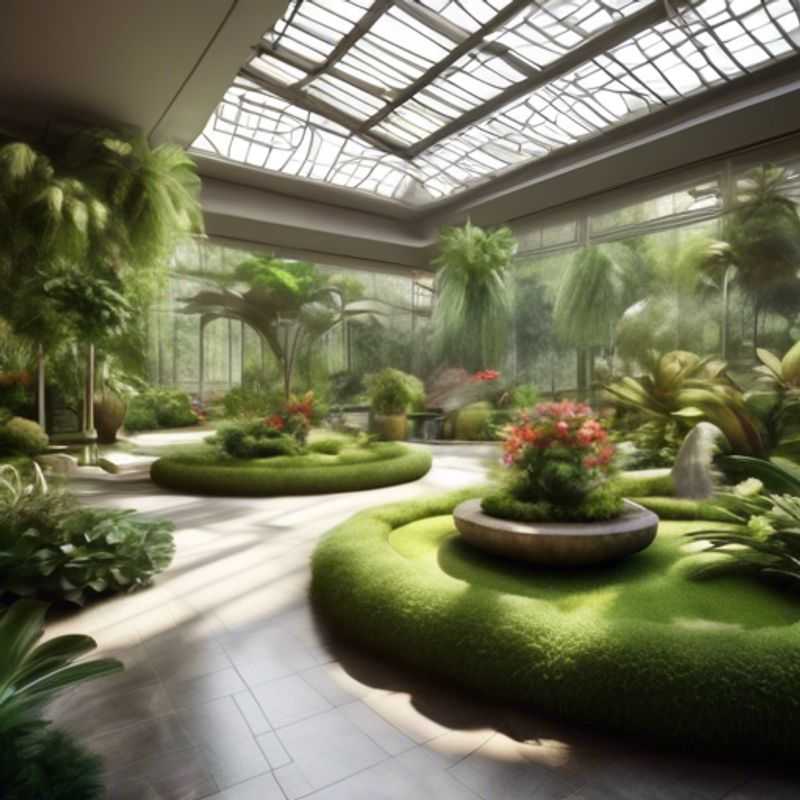
Bringing the Outdoors In: Researching the Perfect Indoor Plants
Indoor plants can be a great way to brighten up your home and improve air quality, but choosing the right plants for your space can be tricky. Consider the following factors to find the best indoor plants for your home:
Light: Plants need different amounts of light to thrive. Identify how much natural light your home receives. If your space is primarily shady, choose plants that tolerate low light. For areas with bright windows, consider plants that require more light.
Humidity: Plants thrive in different levels of humidity. Look for plants that are adapted to the humidity levels of your home. For example, if you live in a dry climate, consider plants that are drought-tolerant.
Temperature: The ideal temperature range for most plants is between 65 and 75 degrees Fahrenheit. Choose plants that can tolerate the temperatures in your home. For example, if you live in a colder climate, consider plants that are cold-tolerant.
Pet and child safety: If you have pets or children, choose plants that are non-toxic to them. Research potential toxicity before bringing any new plants into your home.
Care requirements: Different plants have different care needs. Choose plants that fit your lifestyle and available time. For example, if you are a busy person, choose plants that are low-maintenance.
Some popular low-maintenance indoor plants that are easy to care for and tolerate low light conditions include: Snake plants, ZZ plants, Peace lilies, Cast iron plants, and Spider plants. These plants require minimal watering and can tolerate a range of temperatures, making them an excellent choice for beginners.
If you are a novice gardener, consider starting with easy-to-care-for plants and gradually expanding your collection as you gain more experience. Researching specific plants is crucial for success. Resources like online plant guides and local nurseries can help you choose the right plants for your home.Remember, there are numerous resources available to assist you. Online plant databases and gardening communities can provide helpful tips and information on specific plant care requirements.
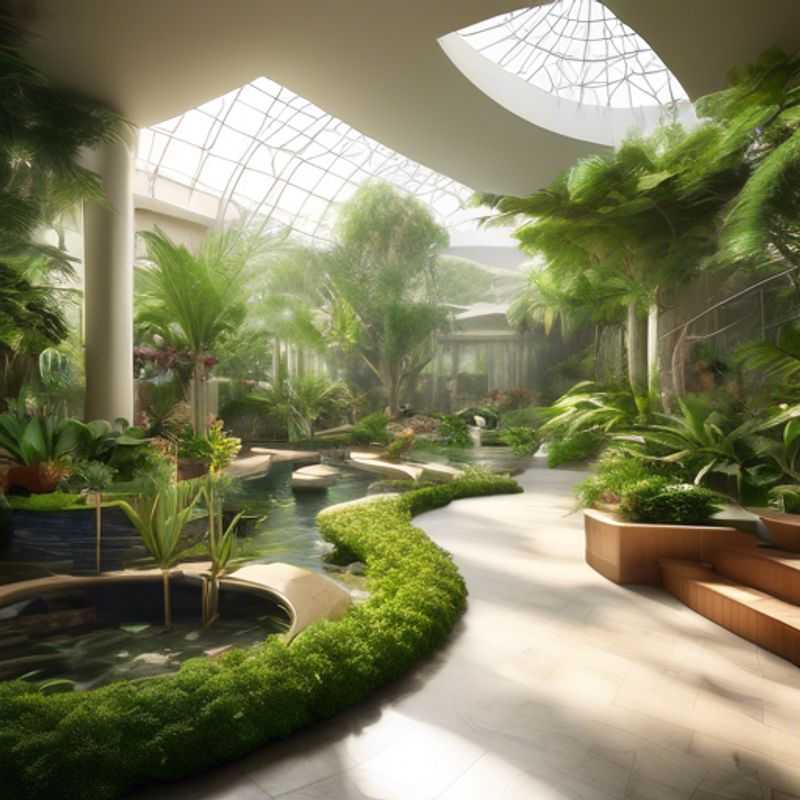
Investing in Quality: Why Premium Growing Equipment Matters
Investing in high-quality growing equipment and supplies is crucial for successful cultivation, maximizing yield, and ensuring plant health. These investments can be considered a long-term strategy, leading to substantial returns over time. Let's explore the key aspects of investing in high-quality growing equipment and supplies.
Lighting Systems: Investing in efficient lighting systems like LED grow lights is essential, as they provide optimal light spectrums and energy efficiency, contributing to healthier plants and increased yields.
Ventilation and Air Circulation: Installing a robust ventilation system and ensuring proper air circulation is vital for regulating temperature, humidity, and CO2 levels, preventing mold and disease while promoting healthy growth.
Growing Mediums: High-quality growing mediums, such as soil, coco coir, or hydroponic solutions, provide essential nutrients and support for plant growth. Choosing the appropriate medium based on the specific plant requirements is crucial for optimal development.
Watering Systems: Investing in automated watering systems like drip irrigation can conserve water, ensure precise delivery of nutrients, and minimize overwatering or underwatering, contributing to plant health and efficiency.
Nutrients and Supplements: Providing plants with balanced nutrients and supplements is essential for healthy growth. Choosing high-quality, organically derived nutrients is often recommended for long-term plant health and soil vitality.
Tools and Equipment: Invest in essential tools like pruning shears, measuring cups, pH meters, and thermometers, which are crucial for monitoring and managing the growing environment and providing proper care for your plants.
Environmental Control: Temperature and humidity monitoring systems, CO2 generators, and climate control equipment can significantly contribute to optimal growing conditions, maximizing plant growth and yields.
Maintenance and Repair: Remember that investing in regular maintenance and repairs for your equipment will extend its lifespan and ensure optimal performance, minimizing downtime and potential issues.
Cost-Effective Solutions: When selecting equipment and supplies, consider both initial cost and long-term benefits. Research and compare options, opting for durable, energy-efficient, and proven products.
Ongoing Learning: Continuously learning about cultivation techniques, plant requirements, and emerging technologies will ensure you make informed decisions, optimize your investment, and achieve successful cultivation.
